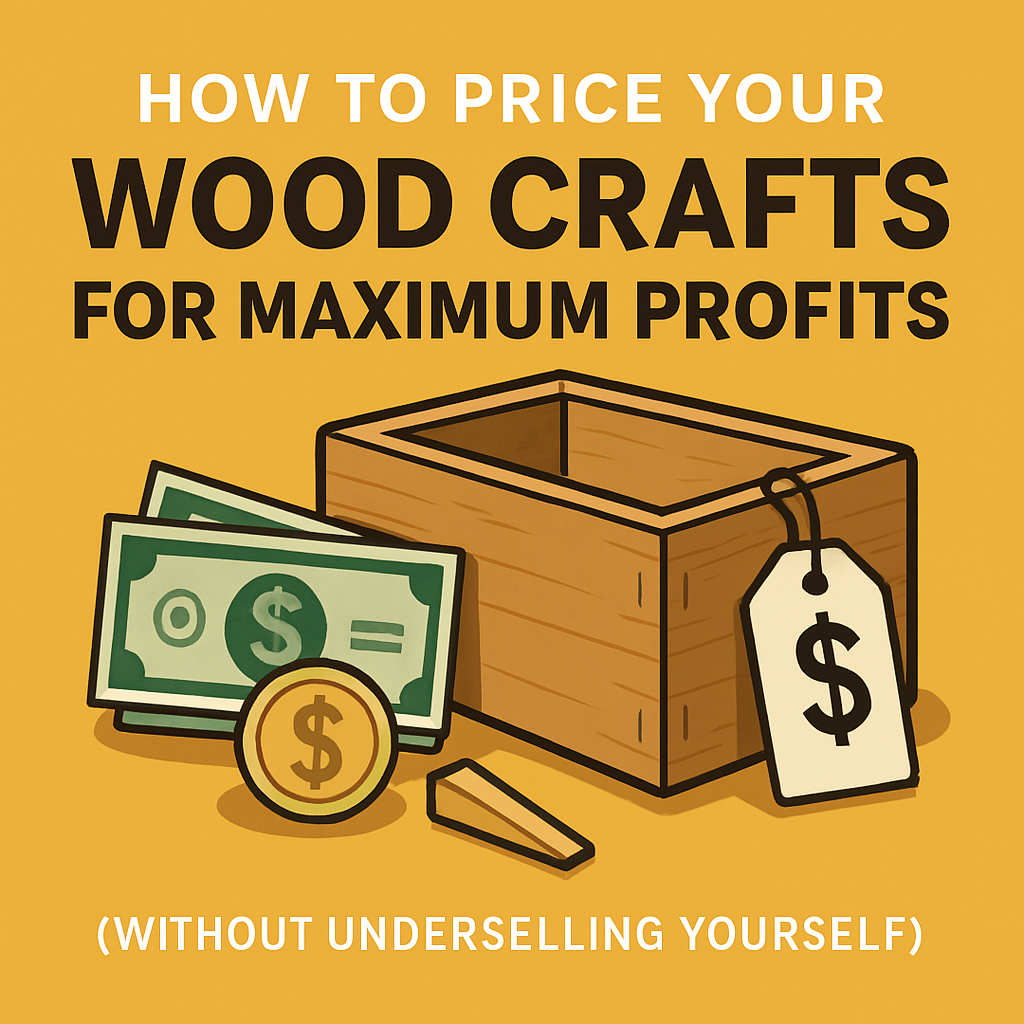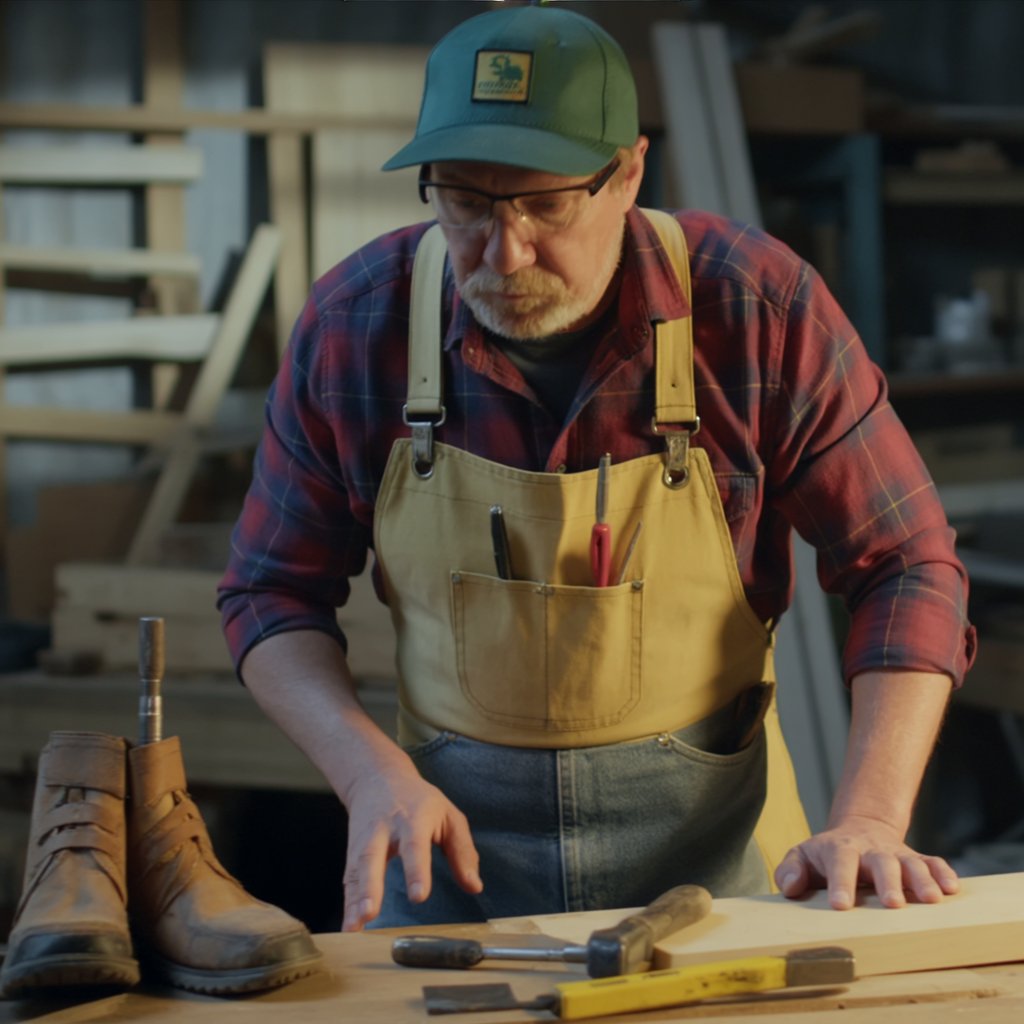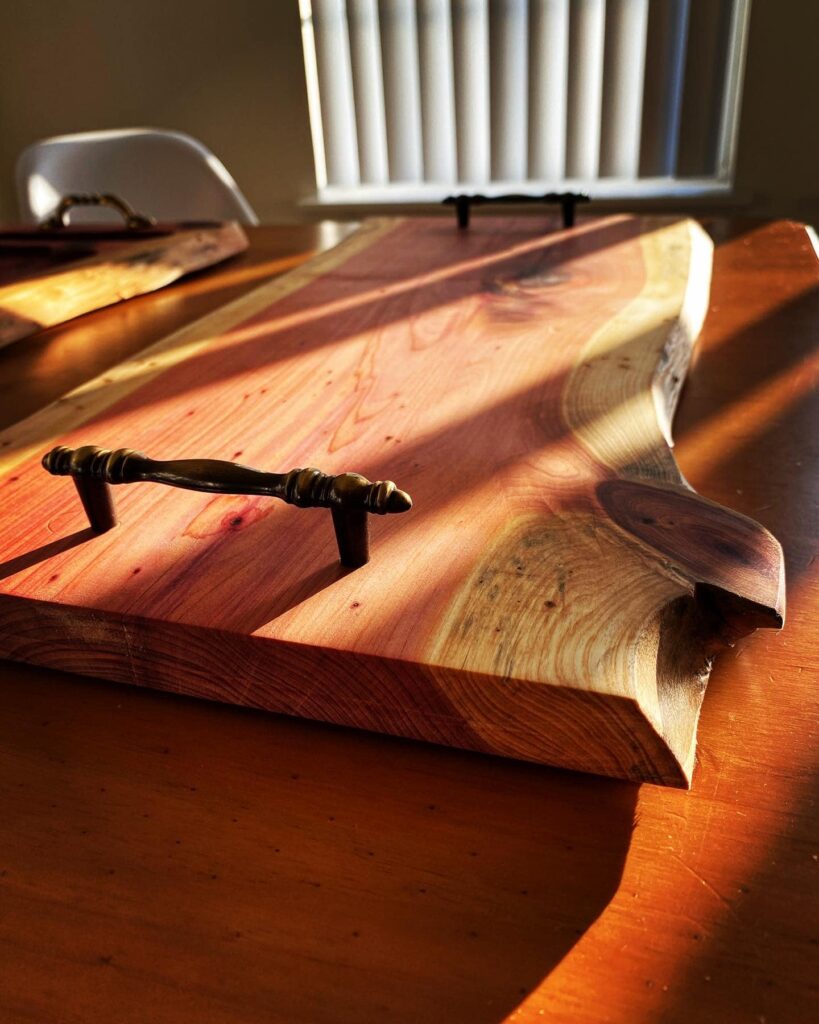
Title: How to Price Your Wood Crafts for Maximum Profit (Without Underselling Yourself)
So you’ve been slicing, sanding, and staining your way to some truly fine pieces of woodcraft. People are starting to ask, “How much?” And that’s where most crafters freeze like a deer in shop lights.
Here’s the truth: if you’re not pricing right, you’re either losing money or burning out. Let’s fix that.
Why Pricing is Hard (But Critical)
Too many woodworkers undervalue their time and skill. Just because you enjoyed making it doesn’t mean it should be cheap. You’re not just selling wood—you’re selling craftsmanship, creativity, and value.
The Real Pricing Formula (Not Just a Guess)
The Real Pricing Formula (Not Just a Guess)
Here’s a solid method that’s simple, scalable, and won’t leave you second-guessing:
1. Material Costs (MC) Add up every screw, slab, dowel, hinge, and drop of glue. Be precise.
2. Time x Hourly Rate (TR) Decide what your time is worth. Beginners might charge $20/hour. Skilled crafters? $35–$50+. Track how long each project takes.
3. Overhead (O) This includes electricity, sandpaper, tool maintenance, marketing, packaging, and even your coffee. Estimate 10–15% of materials + time.
4. Profit Margin (PM) Add 20–50% on top of all the above. You’re running a business, not a charity.
Formula: MC + TR + O + PM = Price

Example Breakdown: Charcuterie Board

Wood: $10
Finish/oil: $5
Time: 1.5 hours x $30 = $45
Overhead: $6 (about 10%)
Subtotal: $66
Profit (30%): $19.80
Final Price: $85.80 (round to $89 or $95)
Common Pricing Mistakes to Avoid
❌ Charging what YOU would pay. You’re not your customer. ❌ Ignoring time. Time is the most valuable resource you have. ❌ Trying to beat Walmart prices. You’re not mass-producing — and that’s your strength.
How to Raise Prices Without Losing Sales
- Package your products. A set of 4 coasters sells better than one lonely slab.
- Add perceived value. High-quality photos, storytelling, and care instructions increase what people are willing to pay.
- Offer tiers. Basic, deluxe, custom — something for every budget.
Tools to Help You Price Like a Pro
- Google Sheets or Excel (simple and free)
- Craft pricing calculators (there are free templates online)
- Etsy and Shopify pricing tools
Final Words: Know Your Worth
Woodworking isn’t just a hobby — it’s a skill that takes patience, vision, and hustle. Don’t sell yourself short.
When you price confidently, people take your work seriously. And guess what? They’ll pay it.
Up next: “Where to Sell Your Wood Crafts Online in 2025 (and What Actually Works).”
There are many places to sell your products. The most common places are Etsy, Facebook Marketplace, Craigs List, Farmers Markets, Flea Markets, and word of mouth. There are some that are not main stream as well. I know some places have Tractor Supply stores that have times during the year they may allow some woodworkers to set up in an outer corner of the parking to sell their wares. You can also check with local businesses and see if you can provide something for them if you make something they may could use. Get with realtors and see if you could make cutting boards for them to buy when they see house and let it be a house warming gift. Think outside the box. What are some ideas you have?

Leave a Reply